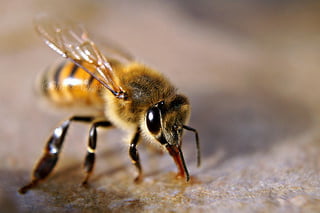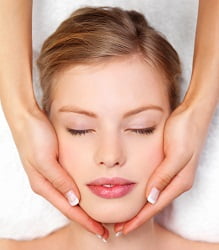What’s the Buzz on Bee Venom Facials?
 Apitherapy becoming a popular facial treatment.
Apitherapy becoming a popular facial treatment.
Honey isn’t the only thing bees produce that’s sought after by humans. As it turns out, the content of their stingers is used as a much-desired anti-aging treatment.
Bee venom facials, also known as “apitherapy,” are fast becoming known as “the natural Botox” in some corners of the world, touted by such famous names as Michelle Pfeiffer and Victoria Beckham. But it’s the revelation that Kate Middleton, the Duchess of Cambridge, used a bee venom facial prior to her wedding to Prince William that has the anti-aging community buzzing.
For those who are put off by the idea of having bees stings applied in order to look younger, no worries. Even the apiphobic can enjoy the benefits of bee venom facials, as no bee stings are involved. Instead, the bee venom is put into a cream applied facially twice weekly.
One of the active agents in bee venom, melittin, is the anaphylactic responsible for the long-lasting pain that follows a bee sting. But it also has anti-inflammatory properties. This causes your body to believe it’s under attack, increasing circulation and encouraging the production of collagen.
Collecting bee venom is a time-consuming process, and as such, the price of bee venom cream may sting a bit in the wallet – up to $118 for a 1.7-ounce jar. Also, if you’re interested in using bee venom as a facial treatment, be aware that one in 50 Americans are allergic to bee venom, so it’s not for everyone, and if you’re allergic, it’s definitely not for you. In the meantime, Botox offers the same age-defying effects, and is tried and true. Contact your cosmetic surgeon’s office for more information.
- Photo Credit: Bee Happy by Treesha Duncan, on Flickr
 Apitherapy becoming a popular facial treatment.
Apitherapy becoming a popular facial treatment.

